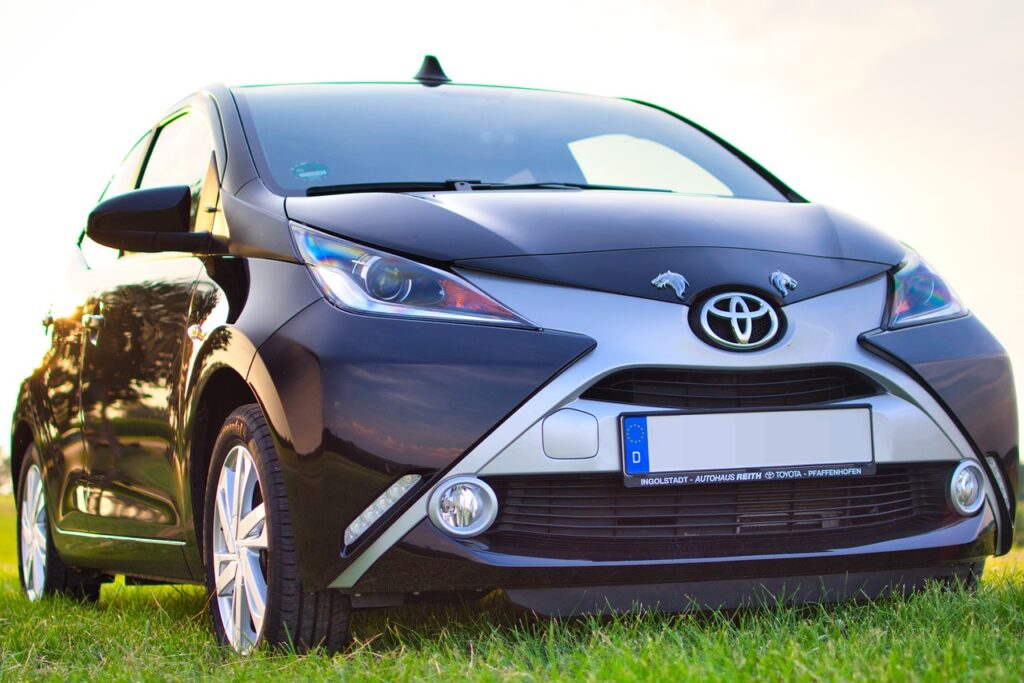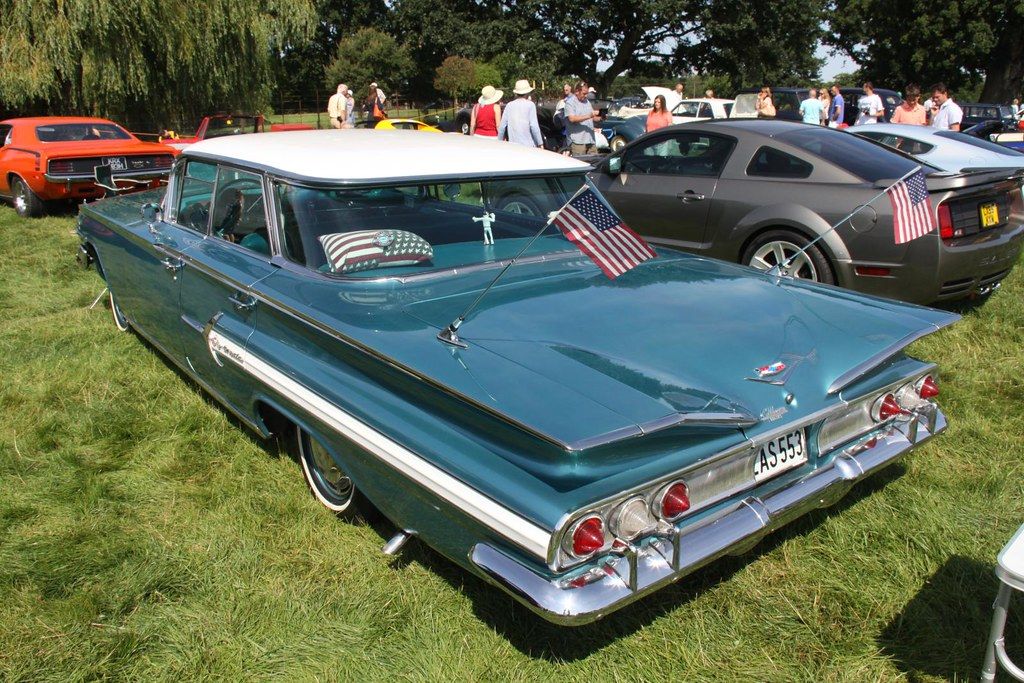
The allure of owning a classic sports car is a powerful one for countless enthusiasts. Images of open roads, iconic designs, and the rumble of a finely tuned engine often fill our dreams. However, for many, this dream is shadowed by the misconception that classic car collecting is an exclusive pursuit, reserved only for those with sky-high price tags and bottomless wallets.
Yet, that couldn’t be further from the truth. While some vintage machines do indeed command eye-watering sums at auction, there’s a vibrant and accessible segment of the classic car market brimming with surprisingly affordable gems. These are vehicles that offer the raw, unadulterated thrill of classic motoring without demanding an exorbitant initial investment or an endless stream of maintenance funds.
We’re talking about cars that deliver an authentic, engaging driving experience, boast timeless designs, and, crucially, are genuinely manageable to own and maintain for the everyday enthusiast. Join us as we meticulously explore ten iconic sports cars that prove the dream of classic car ownership is well within reach, starting with the first five models that truly embody accessible automotive passion.
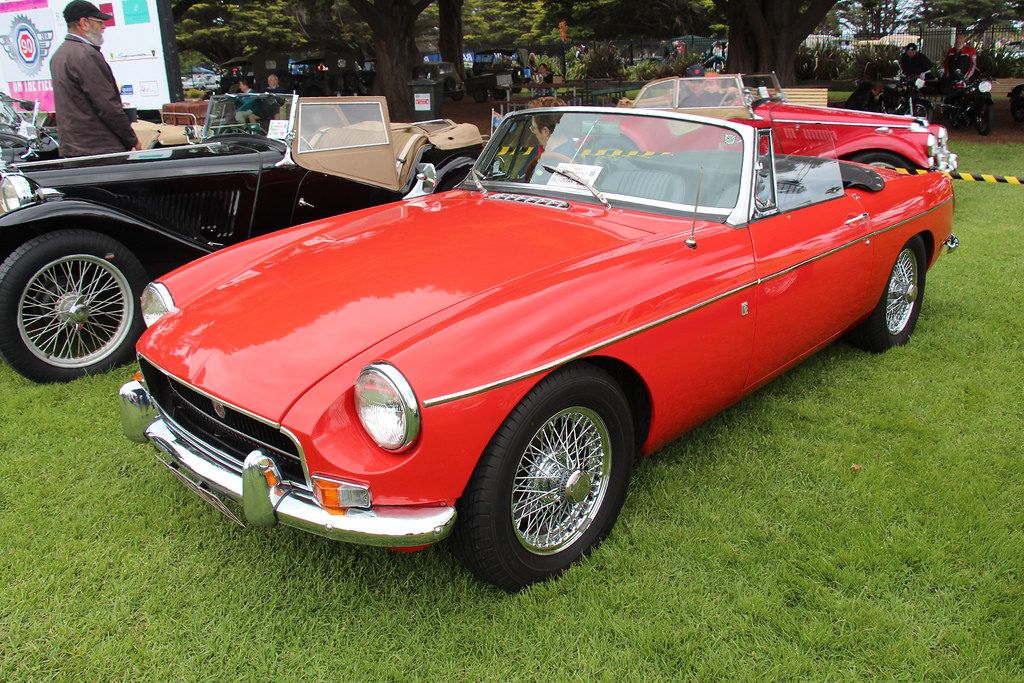
1. **MG B Roadster: A Starter Classic**The MG B Roadster stands as a quintessential emblem of classic British sports car design, instantly recognizable for its timeless aesthetics. Its widespread recognition is not merely due to its appealing looks but also its impressive 18-year production run, which contributed significantly to its global availability in both roadster and GT forms. This extensive production period is a boon for owners, as it translates directly into an abundant supply of both Original Equipment Manufacturer (OEM) and aftermarket parts, making repairs and routine maintenance refreshingly straightforward.
Beyond its good looks and parts availability, the MG B Roadster shines as an ideal entry point into the world of classic sports cars due to its inherent mechanical simplicity. Its lightweight construction, coupled with a modest power output, ensures that it is not only easy to handle on various roads but also forgiving for drivers new to vintage vehicles. The straightforward nature of its mechanics means that even amateur enthusiasts can confidently perform basic repairs and servicing, fostering a deeper connection with their machine.
Ultimately, the MG B Roadster offers a profoundly rewarding experience for first-time classic car owners, whether they are enjoying a leisurely cruise on a sunny afternoon or engaging in the satisfying process of tinkering in the garage. Its accessible nature, coupled with affordable upkeep, solidifies its position as a go-to choice for those seeking to immerse themselves in the charm and passion of classic motoring without the typical financial anxieties.
Car Model Information: 2017 Jeep Grand Cherokee Overland
Name: MGB
Caption: 1969 MGB roadster – rollover bar non-standard
Layout: FR layout
Manufacturer: British Motor Corporation,British Leyland,Rover Group
Production: 1962–1980 (original),1992–1995 (MG RV8)
Predecessor: MG MGA
Successor: MG F / MG TF
Class: Sports car
Assembly: Abingdon, Oxfordshire,Enfield, New South Wales,Cowley, Oxford
Categories: 1970s cars, 1980s cars, 1990s cars, All articles lacking reliable references, All articles with unsourced statements
Summary: The MGB is a two-door sports car manufactured and marketed from 1962 until 1980 by the British Motor Corporation (BMC), later the Austin-Morris division of British Leyland, as a four-cylinder, soft-top sports car sold under the MG marque. It was announced and its details first published on 19 September 1962. Variants include the MGB GT three-door 2+2 coupé (1965–1980), the six-cylinder sports car and coupé MGC (1967–1969), and the eight-cylinder 2+2 coupé, the MGB GT V8 (1973–1976).
Replacing the MGA in 1962, production of the MGB and its variants continued until 1980, though fixed roof GT models ceased export to the US in 1974. Sales for the MGB, MGC and MGB GT V8 combined totaled 523,836 cars. After a 12-year hiatus, the MGB re-entered production as the heavily modified MG RV8 with a limited run of 2,000 cars before its final replacement in 1995 by the MG F.
Get more information about: MG MGB
Buying a high-performing used car >>>
Brand: MG Model: B Roadster
Price: $18,995 Mileage: 79,490 mi.
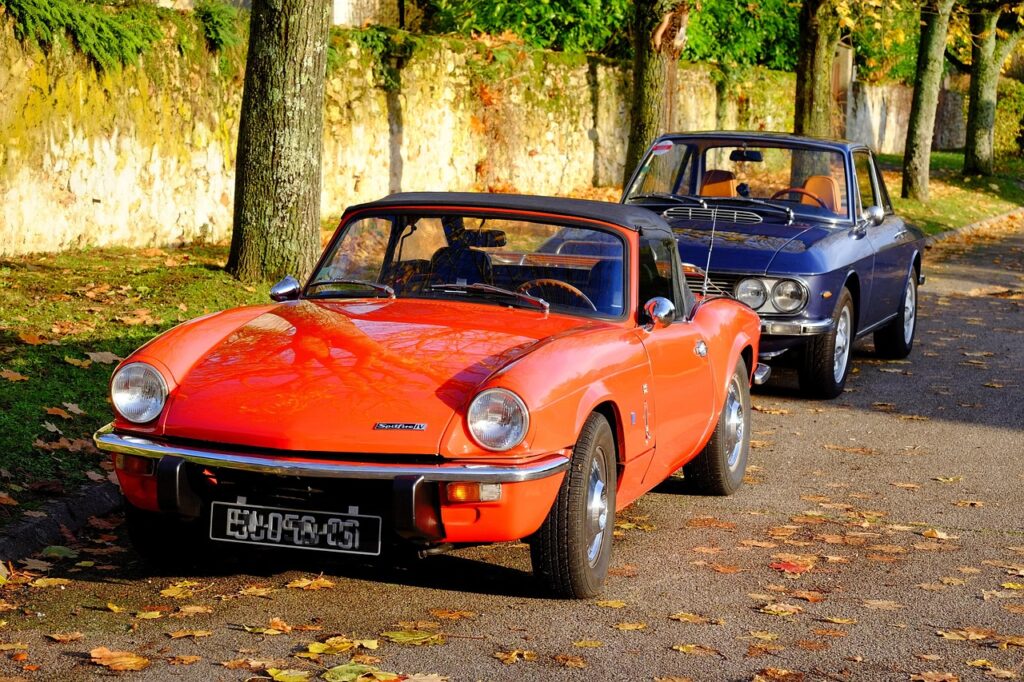
2. **Triumph Spitfire: Simple and Accessible**In a philosophy remarkably similar to its British contemporary, the MG B Roadster, the Triumph Spitfire distinguishes itself through its exceptional ease of maintenance and straightforward design. This iconic British roadster was ingeniously constructed with a separate chassis, a feature that significantly simplifies the ownership experience by allowing enthusiasts to effortlessly unbolt and remove body panels. This structural design makes bodywork repairs and access to components an infinitely less daunting task than on more complex monocoque vehicles.
Furthermore, the Spitfire’s clever clamshell hood design provides unparalleled engine access, transforming routine servicing and more involved mechanical work into a remarkably breezy affair. This thoughtful engineering means that owners spend less time wrestling with cramped engine bays and more time enjoying the open road. As a lightweight, back-to-basics sports car, the Triumph Spitfire is truly an excellent choice for individuals who are keen to embrace classic motoring without needing extensive mechanical expertise or a burdensome financial outlay.
Despite its compact size and seemingly modest specifications, the Spitfire delivers an incredibly engaging driving experience that belies its dimensions. Its direct steering provides a responsive and communicative feel, allowing drivers to truly connect with the road, while its lively four-cylinder engine ensures there’s plenty of spirited performance and thrills to be had, even at sensible speeds. This combination of accessibility, simplicity, and pure driving fun makes the Triumph Spitfire a highly desirable classic for discerning enthusiasts.
Car Model Information: 1980 Triumph Spitfire 1500
Caption: Triumph Spitfire 1500 (European market)
Name: Triumph Spitfire
Manufacturer: Standard Motor Company,Triumph Motor Company
Production: 1962–1980
BodyStyle: Convertible
Layout: FR layout
Assembly: ubl
Length: cvt
Width: cvt
Height: cvt
Wheelbase: cvt
Weight: cvt
Related: Triumph Herald,Triumph Vitesse,Triumph GT6
Designer: Giovanni Michelotti
Class: Sports car
Sp: uk
Categories: 1970s cars, 1980s cars, 24 Hours of Le Mans race cars, All articles with unsourced statements, Articles with short description
Summary: The Triumph Spitfire is a British sports car manufactured over five production iterations between 1962 and 1980. Styled for Standard-Triumph in 1957 by Italian designer Giovanni Michelotti, the Spitfire was introduced at the London Motor Show in 1962. It was manufactured at the Standard-Triumph Canley works, with approximately 315,000 produced over 18 years.
Developed on a shortened variant of the Triumph Herald saloon’s chassis, the Spitfire shared the Herald’s running gear and Standard SC engine. The design used body-on-frame construction, augmented by structural components within the bodywork and rear trailing arms attached to the body rather than the chassis. A manually deployable convertible top, substantially improved on later models, provided weather protection and a bespoke hard-top was available as a factory option.
The model was named after the famed Supermarine Spitfire fighter plane of World War II.
Get more information about: Triumph Spitfire
Buying a high-performing used car >>>
Brand: Triumph Model: Spitfire
Price: $14,500 Mileage: 4,391 mi.
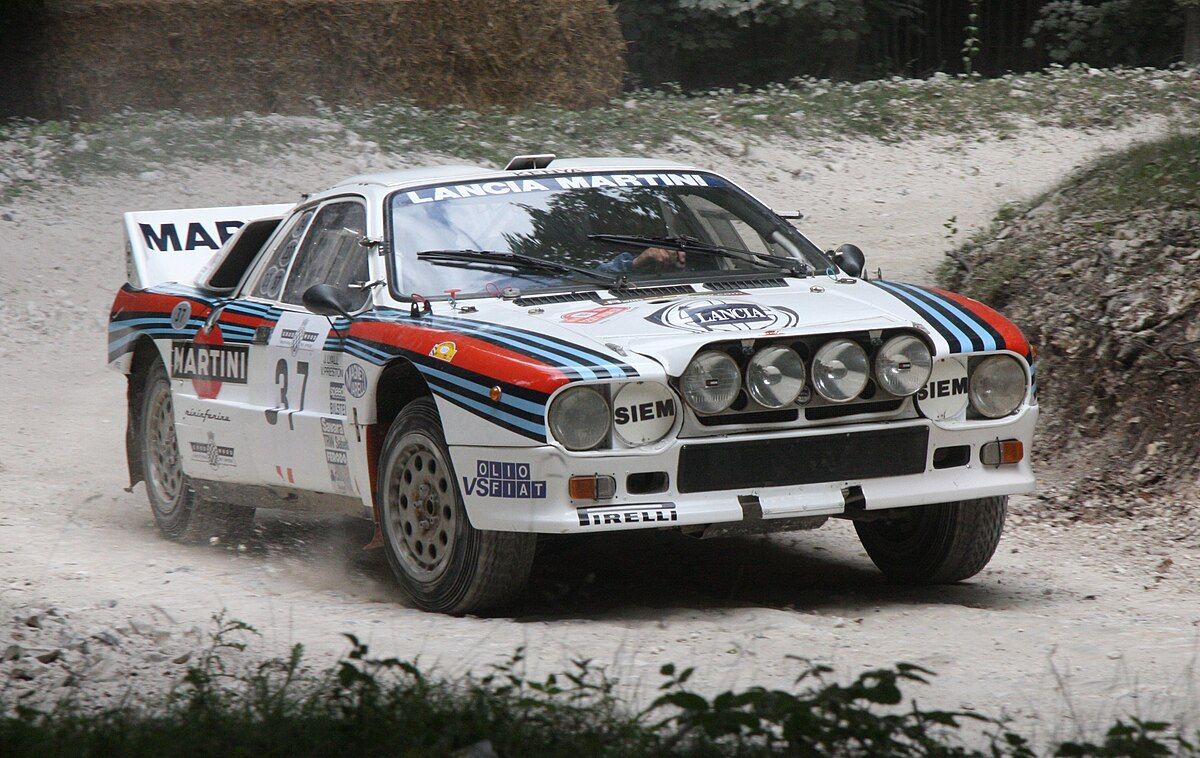
3. **Lancia Scorpion: An Underrated Italian Classic**Lancia, a name often associated with exquisite design and spirited performance, has unfortunately also garnered a reputation for producing cars that can be challenging to maintain. However, the Lancia Scorpion stands out as a notable and refreshing exception to this common perception. Unlike some of its more complex stablemates, particularly those featuring intricate turbocharged engines, the Scorpion houses a detuned four-cylinder unit, a design choice that significantly reduces mechanical complexity and potential points of failure.
With a commitment to regular servicing and diligent upkeep, the Scorpion reveals itself to be a surprisingly reliable and genuinely affordable classic for enthusiasts. Its distinctive mid-engine layout is not merely a styling choice; it provides the car with excellent balance and handling characteristics, contributing to an agile and responsive driving feel that distinguishes it from many front-engine contemporaries. While it may not lay claim to being the fastest car in its class, its unique attributes offer a deeply rewarding and engaging driving experience that is distinctly Italian.
Prospective buyers should exercise caution and diligently avoid examples that show significant signs of rust, as extensive bodywork repairs can quickly become prohibitively expensive. Nevertheless, for those who are captivated by the allure of Italian style and desire a classic that breaks away from the usual maintenance headaches associated with vintage Italian machinery, the Lancia Scorpion truly is a hidden gem, offering a unique blend of flair and manageable ownership.
Car Model Information: 1977 Lancia Scorpion
Name: Lancia Montecarlo
Caption: Lancia Montecarlo (1980–1981)
Aka: Lancia Beta Montecarlo,Lancia Scorpion (U.S)
Production: 1975–1978 and 1980–1981
Manufacturer: Lancia
Assembly: Grugliasco,Province of Turin
Designer: Paolo Martin
Class: Sports car
BodyStyle: coupé
Layout: Transverse engine,Rear mid-engine, rear-wheel-drive layout
Related: Lancia 037,Fiat Abarth 030,Lancia Medusa
Engine: Fiat Twin Cam engine,1.8 L Lampredi I4 (North America)
Transmission: Manual transmission
Wheelbase: 2300 mm
Abbr: on
Length: 3813 mm
Width: 1696 mm
Height: 1190 mm
Weight: convert
Sp: uk
Categories: 1980s cars, All articles with unsourced statements, Articles with short description, Articles with unsourced statements from January 2013, Articles with unsourced statements from June 2014
Summary: The Lancia Montecarlo (Type 137) is a Pininfarina-designed two-seater, mid-engined sports car manufactured and marketed by Lancia in Italy for model years 1975-1981, across two series.
The first series (1975-1978) were marketed as the Lancia Beta Montecarlo and the second series (1980-1981) as the Lancia Montecarlo. In both cases Montecarlo was spelled as one word, unlike the city of Monte Carlo. Both series were offered in Coupé and Spider bodystyles, the latter featuring a unique roll-back manually operated targa style convertible top. A modified version of the Spider was marketed in the United States as the Lancia Scorpion(1976-1977).
Total production spanned from 1974 to 1982 with a hiatus in 1979 — reaching 7,798 total. 3,558 first series and 817 second series targa models were manufactured; along with 2,080 first series and 1,123 second series coupé models — as well as 220 competition models built (Lancia 037).
Get more information about: Lancia Montecarlo
Buying a high-performing used car >>>
Brand: Lancia Model: Scorpion
Price: Not Priced Mileage: 0 mi.
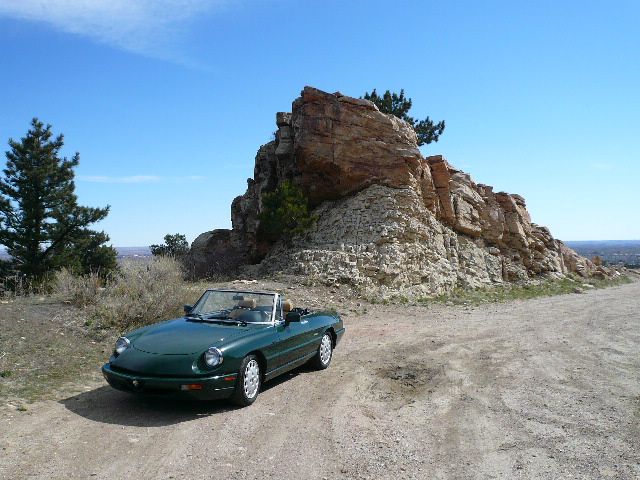
4. **Fiat 124 Spider: Reliable Italian Charm**The original Fiat 124 Spider, a paragon of classic Italian roadster design, continues to experience a significant surge in popularity, a trend further amplified by the resurgence of its beloved modern counterpart. This timeless convertible, a testament to Pininfarina’s iconic styling, came equipped with a range of capable four-cylinder engines. Enthusiasts often particularly gravitate towards the later models, featuring the 1.8 or 2.0-liter options, which are widely recognized for their enhanced reliability and robust performance.
Delivering around 120 horsepower from these later engines, the 124 Spider provides a truly enjoyable and spirited performance, particularly when navigating twisty roads where its nimble handling can be fully appreciated. While its charm is undeniable, rust remains the primary concern for any potential owner. Therefore, prospective buyers are strongly advised to seek out models that have spent their lives in dry climates or to consider fully restored examples, as this mitigates the most common and costly maintenance issue.
If properly maintained and carefully selected, this classic Fiat serves as an exceptionally affordable and stylish entry into the world of vintage sports car ownership. The 124 Spider’s inherently light and nimble handling characteristics make it an absolute joy for spirited weekend drives, offering a connection to the road that modern cars often struggle to replicate. Furthermore, its simple mechanical design ensures that maintenance remains straightforward, allowing owners to focus more on driving and less on complex repairs, embodying reliable Italian charm in every mile.
Car Model Information: 2017 Jeep Grand Cherokee Overland
Name: Fiat 124 Sport Spider
Caption: Fiat 124 Sport Spider (CS)
Aka: Fiat Spider 2000 , Pininfarina Spider (1982–1985)
Manufacturer: Fiat Automobiles
Production: 1966–1985
Assembly: Turin
Designer: Pininfarina,Tom Tjaarda,Franco Martinengo (design director),Battista Pininfarina
Class: Sports car
BodyStyle: Cabriolet (automobile)
Layout: Front-engine, rear-wheel-drive layout
Related: Fiat 124
Engine: {{convert,1438,cc,L,1,abbr=on,Inline-four engine
Abbr: on
Transmission: Manual transmission,5-speed manual,Automatic transmission
Wheelbase: 89.75 in
Length: 156.25 in
Width: 63.5 in
Height: 49.25 in
Predecessor: Fiat Pininfarina Cabriolet
Successor: Fiat Barchetta,Fiat 124 Spider (2016)
Sp: uk
Categories: 1960s cars, 1970s cars, 1980s cars, All articles with dead external links, Articles with dead external links from August 2025
Summary: The Fiat 124 Sport Spider is a convertible sports car marketed by Fiat for model years 1966–1982 and by Pininfarina for 1982–1985 model years. Designed by and manufactured at the Italian carrozzeria Pininfarina factory, the monocoque, front-engined, rear-drive Sport Spider debuted at the November 1966 Turin Auto Show with styling by Tom Tjaarda.
Fiat later marketed the car as the Spider 2000 (1979–1982). After being retired by Fiat, Pininfarina continued the production of the model under its own brand as Pininfarina Spider Azzurra for the North American market and Pininfarina Spidereuropa for the European market for three more years, from August 1982 until 1985.
In 2015, a successor of the Fiat 124 Spider was presented at the Los Angeles Auto Show.
Get more information about: Fiat 124 Sport Spider
Buying a high-performing used car >>>
Brand: Fiat Model: 124 Spider
Price: $18,995 Mileage: 79,490 mi.
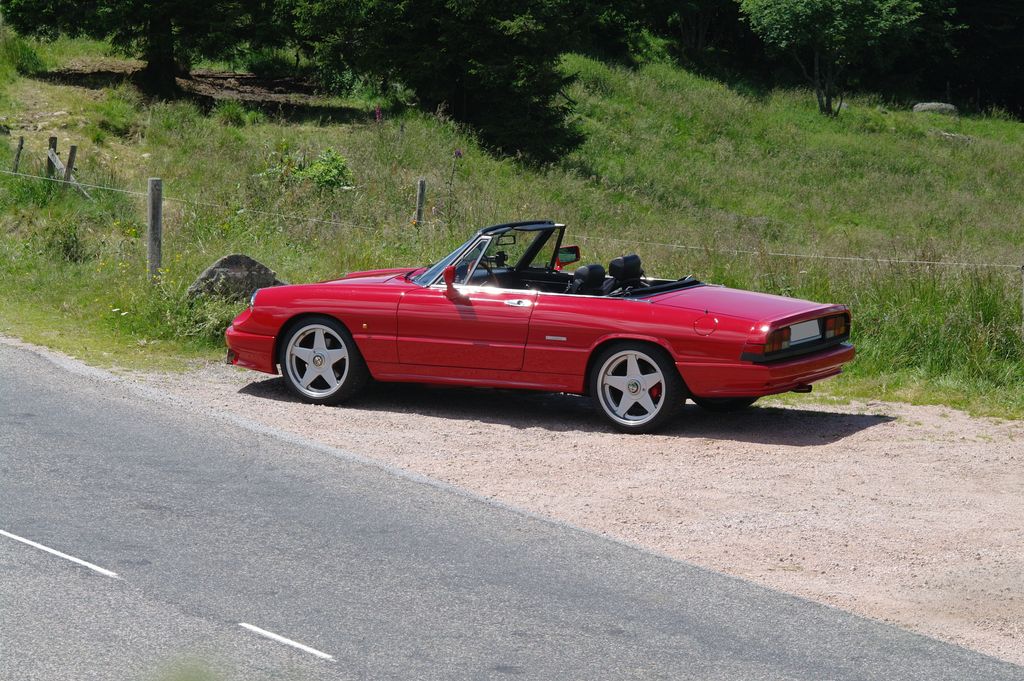
5. **Alfa Romeo Spider S3: Budget-Friendly Italian Legend**Alfa Romeo is a marque that is virtually synonymous with the very essence of classic sports cars, evoking images of passionate driving and elegant Italian design. However, many models within Alfa’s illustrious history are notorious for demanding high maintenance costs, often placing them out of reach for the average enthusiast. The Series 3 Spider, affectionately known as the ‘Aerodinamica’ due to its distinct styling, stands apart as a remarkable exception, offering a superb balance of affordability and genuine performance.
Crucially, unlike its more temperamental and financially demanding predecessors, the Series 3 Spider made a significant technological leap by debuting electronic fuel injection. This crucial innovation eliminated the need for the constant, often finicky carburetor adjustments that plagued earlier models, thereby vastly simplifying tuning and maintenance. This shift makes the S3 a far more practical and reliable daily driver or weekend cruiser for those who desire Italian flair without the traditional mechanical headaches.
With a considerable number of well-preserved examples available for under $20,000, and parts remaining reasonably priced and accessible, this Alfa Romeo is an incredibly attractive option for enthusiasts seeking to experience the exhilarating world of Italian motoring without the usual financial strain. Alfa Romeo’s unwavering reputation for crafting driver-focused cars shines brightly through in the Spider S3, offering lively and responsive handling, a beautifully rev-happy engine that sings as it climbs the RPM range, and, of course, that unmistakable, timeless Italian styling that ensures it turns heads wherever it goes.
Continuing our journey through the exciting world of accessible classic motoring, we now uncover five more hidden gems. These vehicles further demonstrate that exhilarating performance, robust engineering, and thrilling driving experiences don’t have to come with a supercar budget or complex upkeep. Each of these models offers distinct characteristics, proving that the dream of owning a truly engaging classic sports car is well within your grasp.
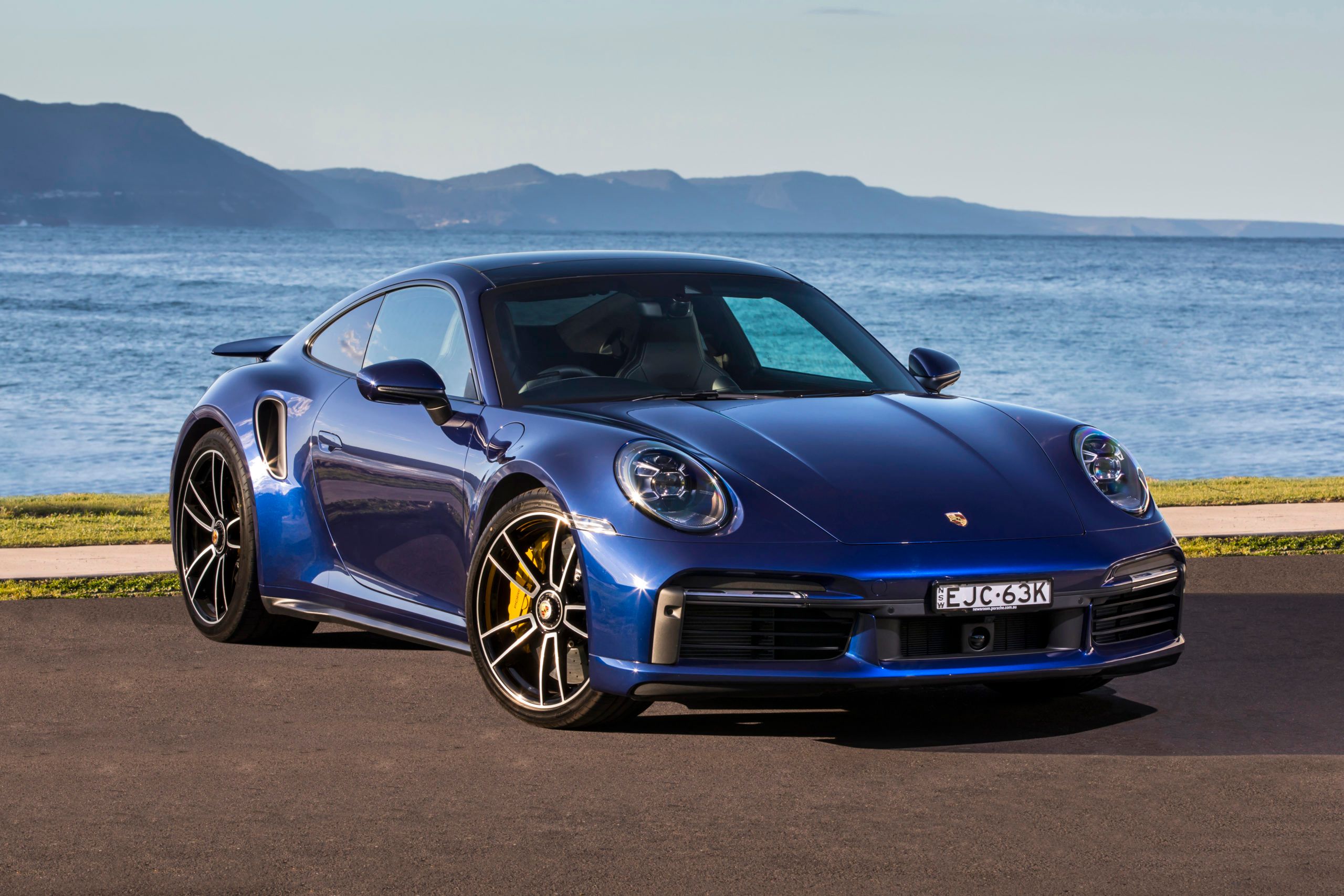
6. **Porsche 914: A Practical Classic Porsche**The Porsche 914, often overshadowed by its more famous 911 sibling, truly stands as an accessible gateway into the celebrated world of Stuttgart engineering, proving that a classic Porsche doesn’t always demand a stratospheric budget. Its distinctive lightweight chassis, paired with an engaging 2.0-liter boxer engine producing a sprightly 101 horsepower, delivers a unique and genuinely lively driving experience that’s all its own. This thoughtful engineering approach, which prioritizes a low curb weight, significantly reduces stress on mechanical components and contributes to impressive longevity and remarkably lower maintenance costs compared to many of its more complex, higher-priced stablemates.
At the very heart of the 914’s dynamic character is its meticulously placed mid-engine layout, a design choice that is paramount to its handling prowess. This configuration grants the car exceptional balance and incredibly responsive handling, making every turn a joy and allowing drivers to feel remarkably connected to the road with a precision often found in far more expensive machines. While its bold, somewhat polarizing styling may spark debate among traditionalists, the 914’s inherent reliability and surprising affordability powerfully solidify its appeal as a genuine driver’s car, delivering a pure Porsche performance experience without the typical financial hurdles.
Ultimately, the Porsche 914 stands as a testament to intelligent design and engineering, making it a particularly smart choice for enthusiasts seeking both authentic performance and manageable ownership. It’s not merely a classic car; it’s a practical, engaging, and delightfully approachable piece of Porsche history that offers an unadulterated driving feel. By delivering a thrilling journey and proving that a true sports car doesn’t require an exorbitant price tag, the 914 masterfully redefines what classic Porsche ownership can be for the everyday enthusiast.
Car Model Information: 1970 Porsche 914 914/6
Name: Porsche 914
Caption: 1970 Porsche 914
Manufacturer: Porsche,Karmann
Aka: VW-Porsche 914
Production: 1969–1976,118,978 produced,914/4: 115,646,914/6: 3,332,914/8: 2
Assembly: Stuttgart,Osnabrück
Predecessor: Porsche 912,Volkswagen Karmann Ghia#Type 34 Karmann Ghia
Successor: Porsche 924
Class: Sports car
BodyStyle: Targa top
Layout: Rear mid-engine, rear-wheel-drive layout
Engine: Volkswagen air-cooled engine#Type 4: 1.7–2.0 litres,Volkswagen air-cooled engine#Type 4: 1.7–2.0 litres,Volkswagen air-cooled engine#Type 4: 1.7–2.0 litres,Porsche flat-six engine
Wheelbase: cvt
Length: cvt
Width: cvt
Height: cvt
Weight: cvt
Related: Porsche 914-6 GT,Porsche Tapiro
Designer: Ferdinand Alexander Porsche
Categories: 1970s cars, 24 Hours of Le Mans race cars, All articles needing additional references, All articles with incomplete citations, All articles with unsourced statements
Summary: The Porsche 914 or VW-Porsche 914 is a mid-engined sports car designed, manufactured and marketed collaboratively by Volkswagen and Porsche from 1969 until 1976. It was available only as a targa-topped two-seat roadster powered by either a flat-4 or flat-six engine.
Get more information about: Porsche 914
Buying a high-performing used car >>>
Brand: Porsche Model: 914
Price: Not Priced Mileage: 52,111 mi.
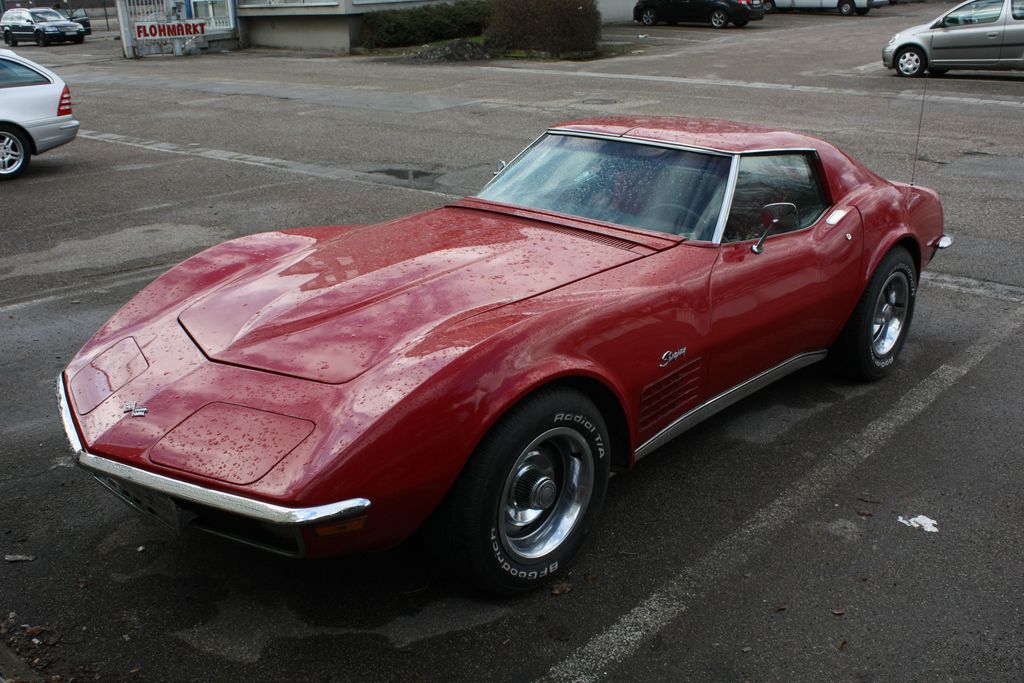
7. **Chevrolet Corvette C3: Affordable American Muscle**For those who crave the visceral thrill and the unmistakable roar of a classic American V8, the Chevrolet Corvette C3 emerges as an undeniably compelling and remarkably affordable option, representing a true icon of automotive passion. This third-generation Corvette instantly captivates with its iconic styling, distinguished by that impossibly long, sculpted hood and those famously curvaceous, unmistakable body lines that have become synonymous with the powerful and glamorous golden era of American muscle cars. It is a bold statement piece, a vehicle that commands attention and embodies the raw power and distinctive presence that only a Corvette can deliver, particularly the later models from the 1980s which remain surprisingly accessible to a wide range of enthusiasts.
Beneath that striking fiberglass exterior lies the beating heart of American performance: a range of powerful V8 engines that consistently provide the exhilarating muscle car performance for which the Corvette is justly renowned. These robust powerplants ensure thrilling acceleration and an auditory experience that truly defines the genre. Beyond the sheer thrill, the C3 also boasts practical ownership benefits; its widespread popularity throughout its extensive production run translates directly into extensive parts availability, ensuring that sourcing components for both routine maintenance and more involved upgrades is rarely an issue for owners.
Furthermore, a vast and knowledgeable network of mechanics across the country is intimately familiar with the C3’s straightforward, robust design, which inherently translates into more manageable repair costs and less downtime. This accessibility is wonderfully complemented by the incredibly strong and passionate community support surrounding the C3, making troubleshooting common issues and even ambitious DIY repairs significantly easier and more rewarding for enthusiasts. As an enduring all-American icon, the Chevrolet Corvette C3 masterfully blends head-turning style, visceral performance, and refreshingly low maintenance costs, unequivocally securing its place as an unbeatable and accessible entry into the thrilling world of classic American sports cars.
Car Model Information: 2022 Mazda CX-5 2.5 S Premium
Name: Chevrolet Corvette (C3)
Caption: 1973 Chevrolet Corvette Stingray
Manufacturer: Chevrolet
Aka: Chevrolet Corvette Stingray,(1968–76)
Production: August 1967 – October 1982
ModelYears: 1968–82
Platform: General Motors Z platform
Assembly: St. Louis Truck Assembly,Bowling Green Assembly Plant
Predecessor: Chevrolet Corvette (C2)
Successor: Chevrolet Corvette (C4)
Class: Sports car
BodyStyle: Convertible (car),coupé
Layout: Mid-engine design
Engine: {{cvt,305,cuin,L,1,Chevrolet small-block engine (first- and second-generation)#LG4,V8 engine
Transmission: manual transmission,manual transmission,Turbo-Hydramatic,Automatic transmission
Wheelbase: cvt
Length: {{cvt,182.1,in,mm,0
Width: {{cvt,69.2,in,mm,0
Height: {{cvt,47.8,in,mm,0
Weight: cvt
Designer: GM & Chevrolet design staff,Zora Arkus-Duntov,Bill Mitchell (designer)
Categories: 1970s cars, 1980s cars, All articles with unsourced statements, Articles with short description, Articles with unsourced statements from April 2024
Summary: The Chevrolet Corvette (C3) is the third generation of the Corvette sports car that was produced from 1967 until 1982 by Chevrolet for the 1968 to 1982 model years. Engines and chassis components were mostly carried over from the previous generation, but the body and interior were new. It set new sales records with 53,807 produced for the 1979 model year. The C3 was the second Corvette to carry the Stingray name, though only for the 1969–76 model years. This time it was a single word as opposed to Sting Ray as used for the 1963–67 C2 generation. The name was then retired until 2014 when it returned with the release of the C7.
The most expensive Corvette C3 to sell in history was a 1969 L88 Lightweight, one of only four lightweight L88s to be produced. It was sold by Barrett-Jackson in January 2014 for $2,860,000 (£1,728,941).
Get more information about: Chevrolet Corvette (C3)
Buying a high-performing used car >>>
Brand: Chevrolet Model: Corvette C3
Price: $25,680 Mileage: 32,780 mi.
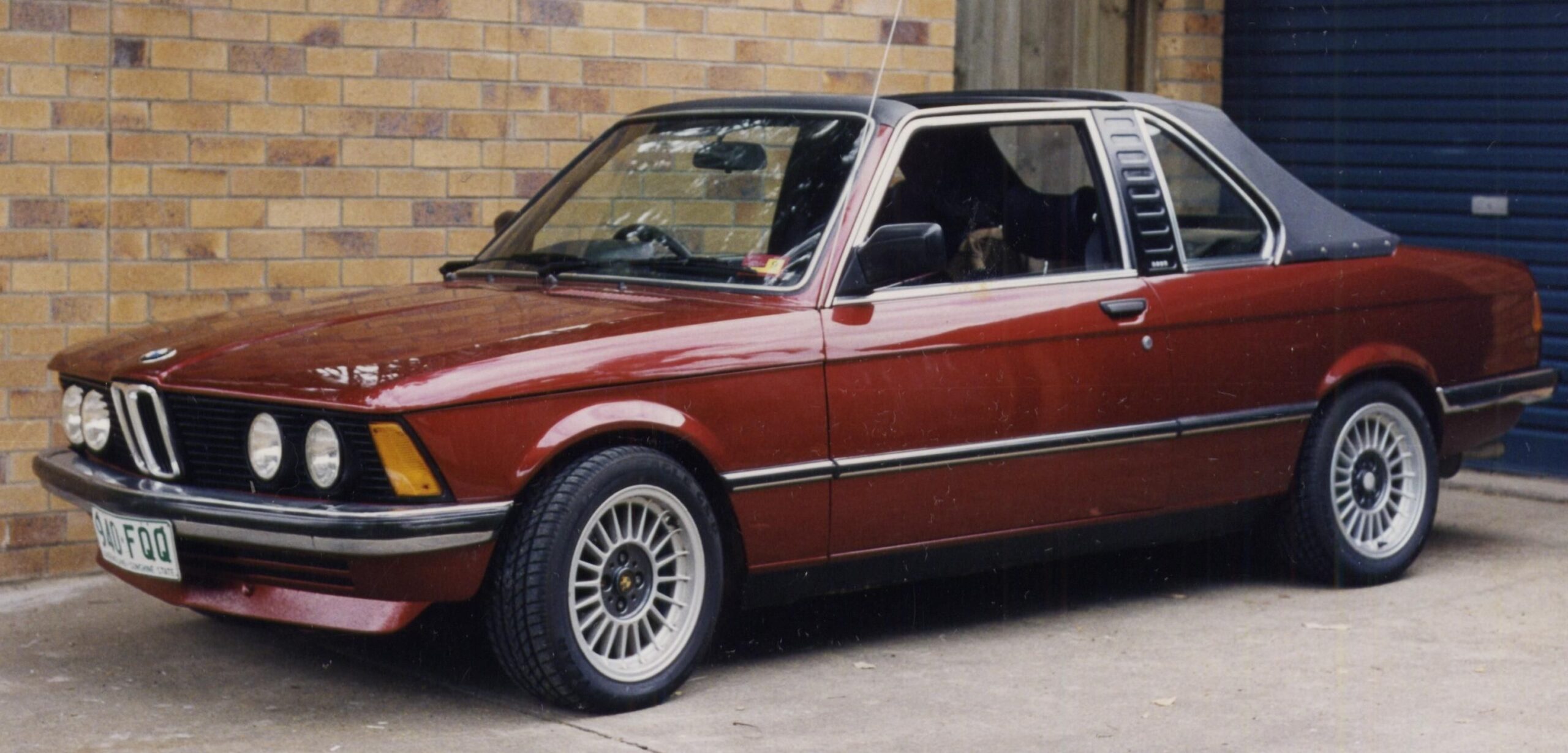
8. **BMW E21 Baur Convertible: A Stylish and Durable Classic**Stepping gracefully into the realm of precise German engineering, the BMW E21 Baur Convertible distinguishes itself as a more exclusive, yet wonderfully accessible, classic choice for discerning automotive enthusiasts. As a notable and distinct variant of the seminal 3 Series, this elegant car inherently benefits from BMW’s legendary robust engineering principles, a hallmark that consistently guarantees exceptional durability and impressive longevity. This means owners can embark on their classic car journey with unwavering confidence, knowing their vehicle truly epitomizes the meticulous build quality that BMW has championed throughout its illustrious history.
The driving experience delivered by the E21 Baur is quintessentially BMW, defined by its exceptionally silky-smooth six-cylinder engines and the engaging, unadulterated purity of its rear-wheel-drive configuration. This harmonious combination provides a profoundly rewarding and intimately connected driving sensation, allowing the driver to feel every subtle nuance of the road beneath them. It stands as a powerful testament to BMW’s unwavering commitment to driver focus, consistently delivering performance that is both spirited for exhilarating drives and refined for comfortable touring, making every single journey an absolute pleasure.
Despite its unique and often understated styling, coupled with the inherent exclusivity of a Baur conversion, the E21 remarkably retains the rock-solid reliability that is characteristic of its standard sedan counterpart. This inherent dependability makes it an incredibly practical and genuinely affordable classic sports car option, perfectly suited for any BMW enthusiast looking to embrace vintage motoring. Thanks to its meticulously well-built mechanical components and thoughtfully engineered design, the E21 requires surprisingly low upkeep, positioning it as an excellent choice for those seeking a stress-free classic car experience that seamlessly blends vintage appeal with delightful modern manageability.
Car Model Information: 2022 Mazda CX-5 2.5 S Premium
Name: BMW 3 Series (E21)
Production: June 1975 – December 1983
ModelYears: 1977–1983 (North America)
Class: Compact executive car
BodyStyle: Sedan (automobile),convertible
Assembly: Munich
Layout: Rear-wheel drive
Wheelbase: 2563 mm
Abbr: on
Length: 4355 mm
Width: 1610 mm
Height: 1380 mm
Weight: convert
Engine: BMW M10,BMW M20
Transmission: Manual transmission,5-speed manual,ZF 3HP22 transmission
Predecessor: BMW 02 Series
Successor: BMW 3 Series (E30)
Designer: Paul Bracq
ModelCode: E21
Categories: 1980s cars, All articles with unsourced statements, Articles with short description, Articles with unsourced statements from March 2017, BMW model codes
Summary: The BMW E21 is the first generation of the BMW 3 Series, a range of compact executive cars. The E21 was produced from June 1975 to December 1983 and replaced the BMW 02 Series. The series was exclusively built in a sporty two-door sedan / coupé body-style (except for convertibles made by Baur). Contrary to its predecessor, a ‘Touring’ body with a sloped rear hatch was no longer offered. Six-cylinder models were made immediately recognizable by quad round headlights, instead of the basic two.
Initial models were produced with carburetted four-cylinder petrol engines of 1.6 L, 1.8 L, and 2.0 L. Fuel-injection was introduced in late 1975 on the 320i – but in 1977, a carburetted inline 6-cylinder engine replaced both the 320 and 320i models, while a detuned version of the four-cylinder injection went on sale in the United States. In 1978, the 3-series received its first fuel-injected six-cylinder in the 323i as a flagship performance model; and in 1981, a bottom end detuned 1.6 L was offered in the 315.
The cabriolet body style, manufactured by Baur, was produced from 1978 to 1981, with all available engines.
There was no BMW M3 model for the E21 generation, but several limited edition models were produced based on the model with the largest engine, the six-cylinder 323i.
The E21 was replaced by the E30 3 Series in 1982.
Get more information about: BMW 3 Series (E21)
Buying a high-performing used car >>>
Brand: BMW Model: E21 Baur Convertible
Price: $25,680 Mileage: 32,780 mi.
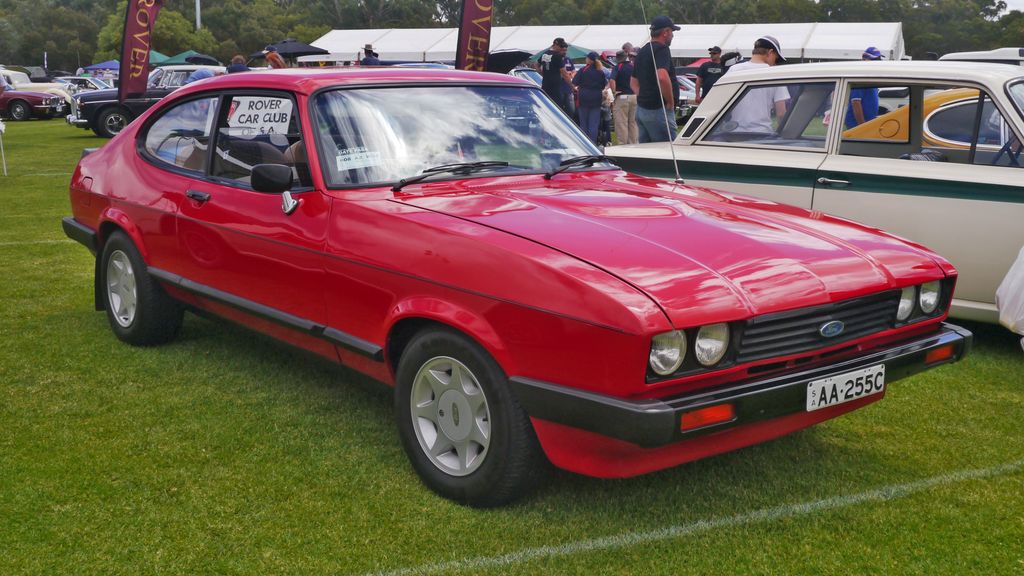
9. **Ford Capri: A European Muscle Car**Famously marketed as “the car you always promised yourself,” the Ford Capri stands as a truly compelling and exceptionally stylish alternative to its more brawny American muscle car cousins, offering distinctive European flair without the prohibitive price tag often associated with such performance. While the highly sought-after, high-performance models like the RS2600 might indeed command premium prices on today’s collector market, the more widely available smaller-engine variants provide an incredibly economical and smart route into enjoyable and authentic Capri ownership, inviting enthusiasts to experience its unique charm without the burden of excessive financial outlay.
The Capri’s enduring appeal is deeply rooted in its timeless coupe styling, a gracefully penned design that continues to capture attention and effortlessly exudes a classic sporty aesthetic that feels both nostalgic and fresh. Beneath these elegant lines, its classic rear-wheel-drive dynamics deliver a remarkably enjoyable and genuinely engaging driving experience, even in the less powerful iterations. The car’s inherent balance, direct steering, and responsive nature ensure a tactile connection to the road that is both authentic and exhilarating, proving that true driving pleasure isn’t solely dependent on raw horsepower figures.
The practicalities of owning a Ford Capri are further simplified by its straightforward maintenance requirements and the substantial, supportive aftermarket parts network that has developed over decades. This widespread accessibility of components and repair knowledge translates directly into a stress-free classic sports car experience, liberating enthusiasts to focus more on the pure joy of driving and less on complex, costly repairs. The Capri’s unique blend of unwavering affordability, inherent practicality, and undeniably engaging performance has deservedly cemented its status as a beloved cult classic among European enthusiasts, offering a distinctive and delightfully manageable slice of motoring history.
Car Model Information: 2021 Ford Mustang GT
Caption: 1978 Ford Capri Mk3 2.0L
Name: Ford Capri
Manufacturer: Ford of Europe
Production: November 1968 – December 1986
Designer: Philip T. Clark
Class: coupé
Related: Ford Cortina,Ford Taunus TC
Successor: Ford Probe,Ford Puma (sport compact)
Categories: 1960s cars, 1970s cars, 1980s cars, All articles with incomplete citations, All articles with unsourced statements
Summary: The Ford Capri is a fastback coupé built by Ford of Europe and designed by Philip T. Clark, who had been involved in the design of the Ford Mustang. It used the mechanical components from the Mk2 Ford Cortina and was intended as the European equivalent of the Ford Mustang. The Capri went on to be highly successful for Ford, selling nearly 1.9 million units in its lifetime. A wide variety of engines were used in the car throughout its production lifespan, which included the Essex and Cologne V6 at the top of the range, while the Kent straight-four and Taunus V4 engines were used in lower-specification models. Although the Capri was not officially replaced, the second-generation Probe was effectively its replacement after the later car’s introduction to the European market in 1994.
Get more information about: Ford Capri
Buying a high-performing used car >>>
Brand: Ford Model: Capri
Price: $39,500 Mileage: 18,085 mi.
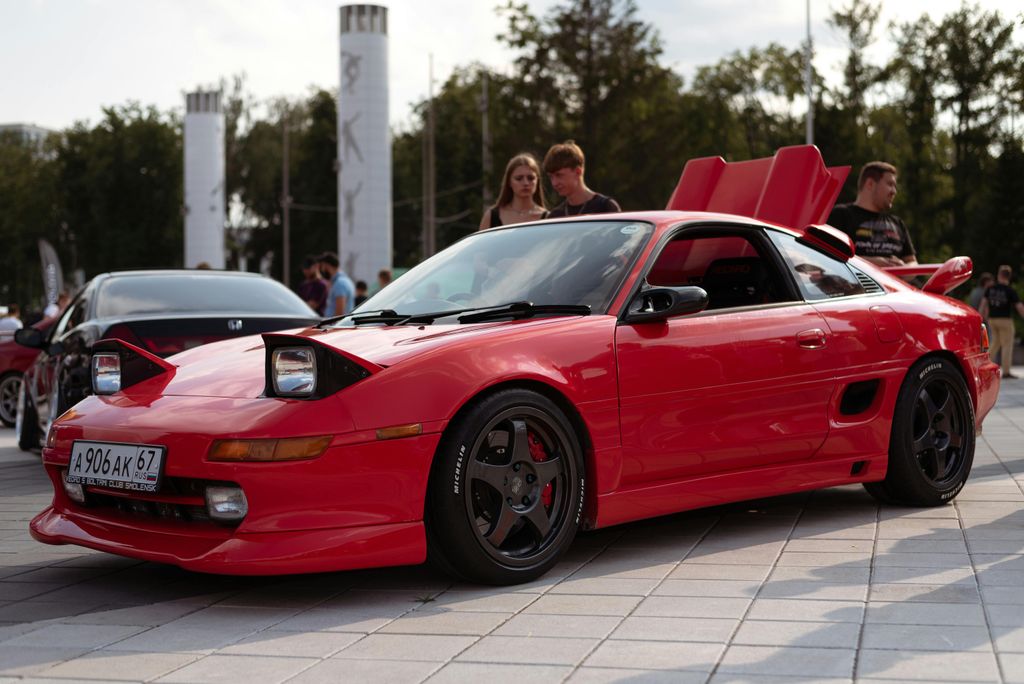
10. **Toyota MR2: The Ultimate Budget Classic**For those astute buyers who prioritize unwavering reliability hand-in-hand with exhilarating classic sports car thrills, the first-generation Toyota MR2 (AW11) confidently stands head and shoulders above many of its contemporaries, rightly earning its revered moniker as “The Ultimate Budget Classic.” Powering this exceptionally nimble machine is a robust and highly dependable 1.6-liter 4-cylinder engine, which, with its lively 124 horsepower, delivers a surprisingly sprightly performance that is perfectly matched by Toyota’s legendary, bulletproof dependability, ensuring countless miles of truly worry-free driving enjoyment for years to come.
The true genius of the MR2 lies profoundly in its distinctive mid-engine layout, a meticulously chosen design configuration that bestows upon it exquisitely balanced handling characteristics and an almost telepathic connection to the road. This unique setup, synergizing seamlessly with its inherently compact size and incredibly lightweight construction, transforms every single drive into a dynamic, direct, and utterly engaging go-kart-like experience, making it an absolute joy to pilot through demanding winding roads and spirited back country routes with unparalleled precision and agility.
Perhaps the most compelling aspect for the discerning and budget-conscious enthusiast, the MR2’s legendary Toyota reliability translates directly into minimal maintenance demands, wonderfully freeing owners from the typical financial anxieties and unexpected pitfalls so often associated with vintage vehicles. With top-condition examples remarkably available for prices comfortably in the $10,000-$12,000 range, the MR2 presents itself as an exceptionally affordable and refreshingly worry-free choice. It’s a classic sports car that asks for little more than routine servicing, definitively solidifying its position as a practical and truly rewarding option for both spirited weekend adventures and even potential everyday classic motoring.
Car Model Information: 1988 Toyota MR2 Supercharged
Name: Toyota MR2
Caption: Second generation MR2
Manufacturer: Central Motors
Aka: Toyota MR (France and Belgium)
Production: 1984–2007
Assembly: Sagamihara, Kanagawa
Class: Sports car
Layout: Rear mid-engine, rear-wheel-drive layout
ModelYears: 1985–2007
Categories: 1990s cars, 2000s cars, All Wikipedia articles written in American English, All articles containing potentially dated statements, All articles needing additional references
Summary: The Toyota MR2 is a line of two-seater, mid-engined, rear-wheel-drive sports cars, manufactured in Japan and marketed globally by Toyota from 1984 until 2007 over three generations: W10 (1984–1989), W20 (1989–1999) and W30 (1999–2007). It is Japan’s first rear mid-engined production car.
Conceived as a small, economical and sporty car, the MR2 features a straight-four engine, transversely mounted in front of the rear axle, four-wheel disc brakes, and fully independent coilover suspension – MacPherson struts on each wheel.
The name MR2 stands for either “mid-ship run-about 2-seater” or “mid-engine, rear-wheel-drive, 2-seater”. In French-speaking markets, the vehicle was renamed Toyota MR because the abbreviation “MR2” sounds like the profanity “merdeux” when spoken in French.
Get more information about: Toyota MR2
Buying a high-performing used car >>>
Brand: Toyota Model: MR2
Price: $27,000 Mileage: 36,611 mi.
While many classic sports cars demand significant maintenance investments, the models featured here offer thrilling performance, timeless style, and affordable upkeep. From British icons like the MG B and Triumph Spitfire to reliable Japanese engineering in the Toyota MR2, budget-conscious enthusiasts have a variety of options. Whether seeking Italian charm, American muscle, or German precision, these classics prove that owning a sports car doesn’t have to be an expensive endeavor. With careful selection and maintenance, the dream of classic sports car ownership can become an accessible and rewarding reality.

